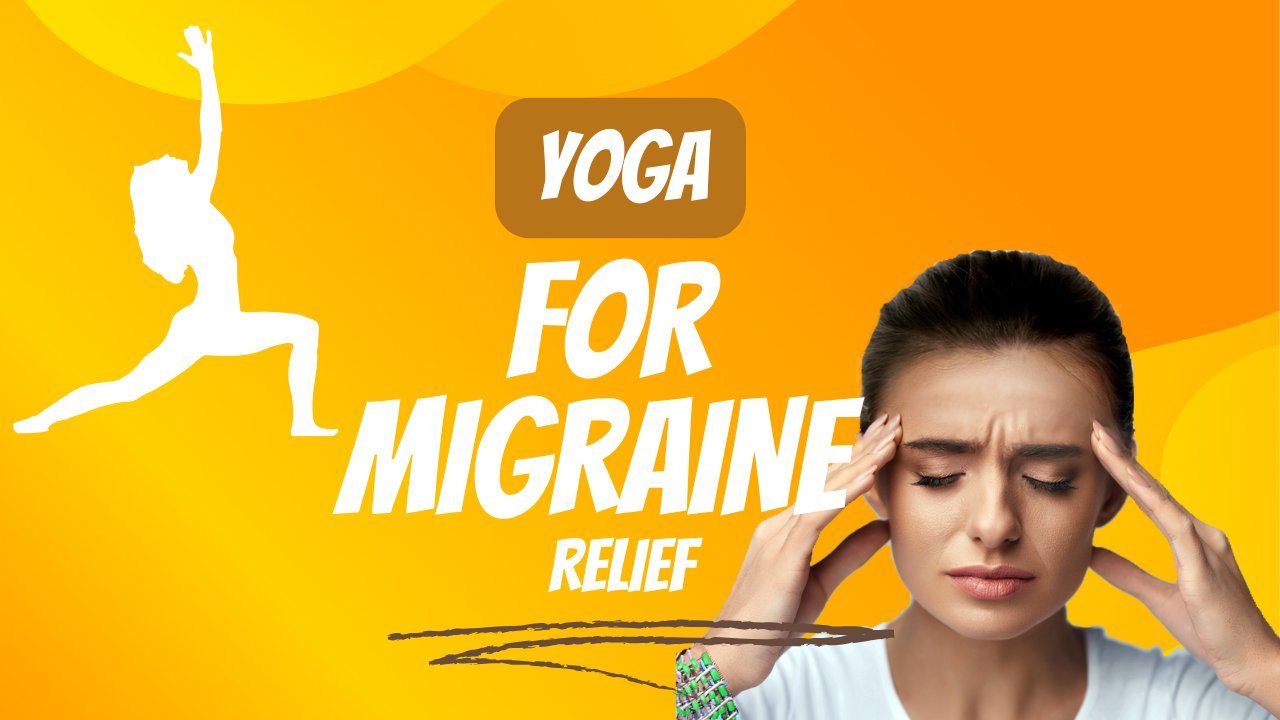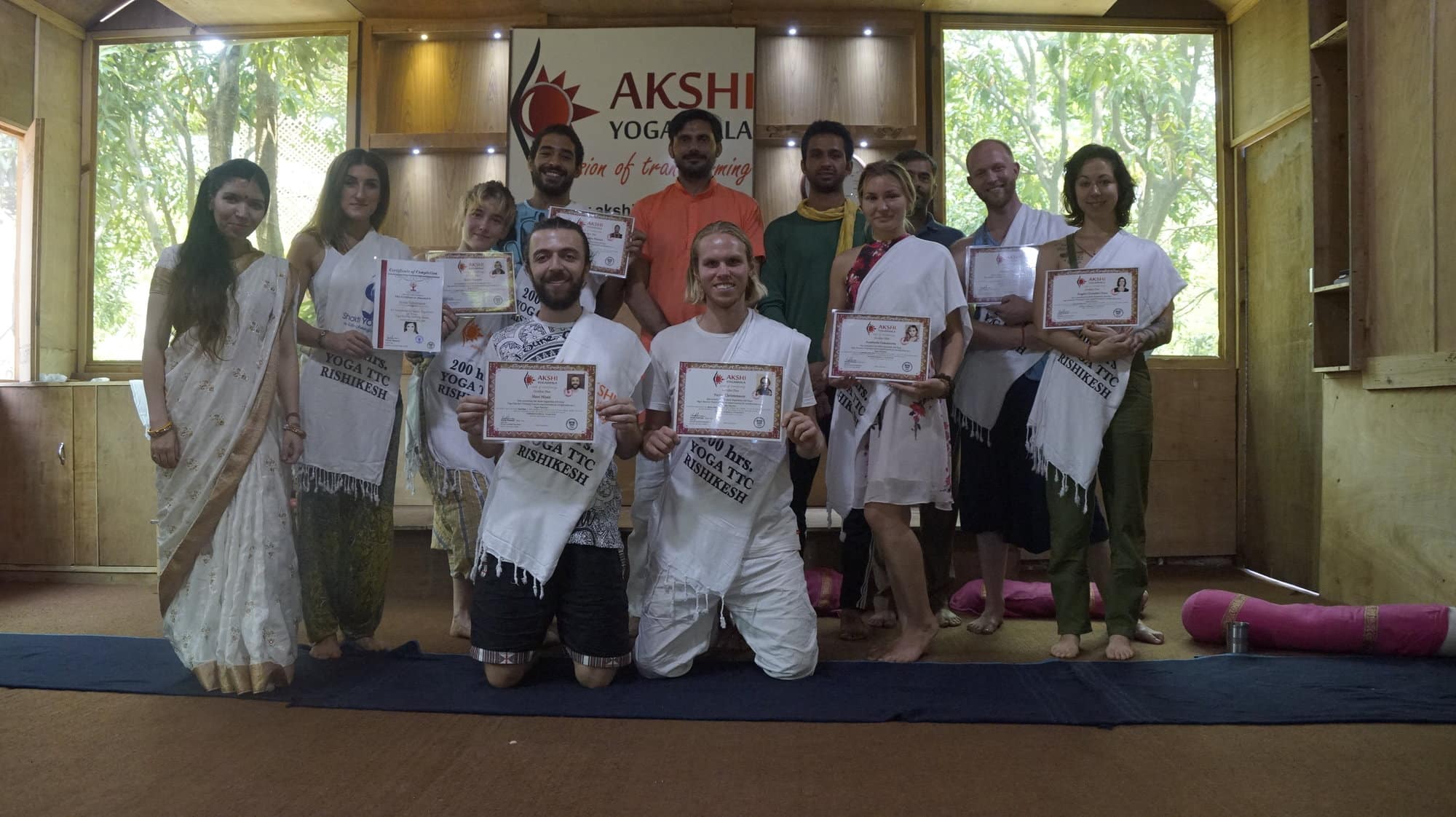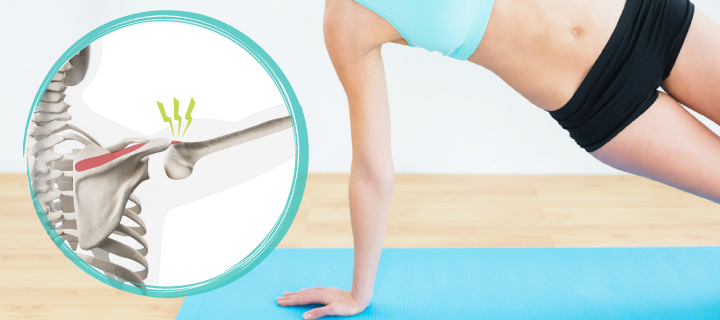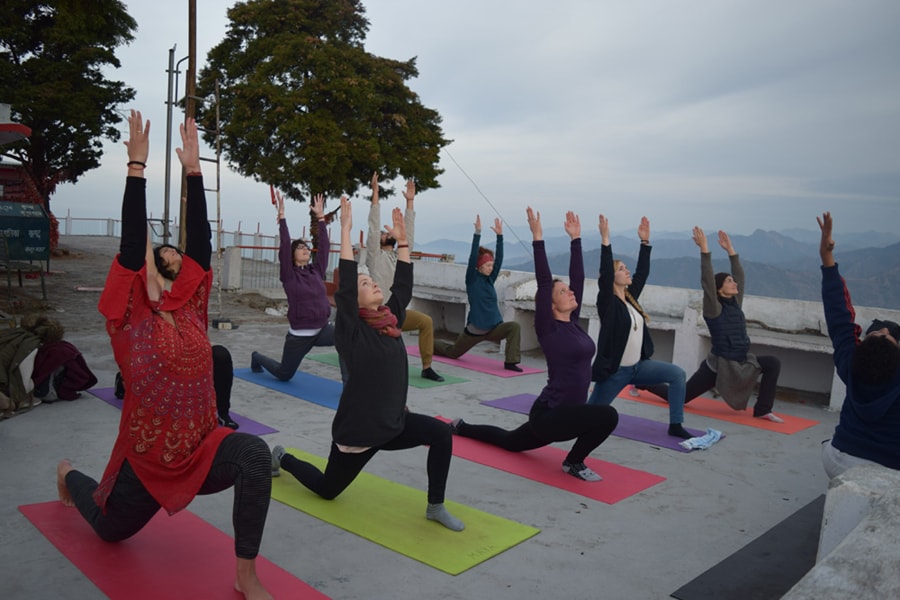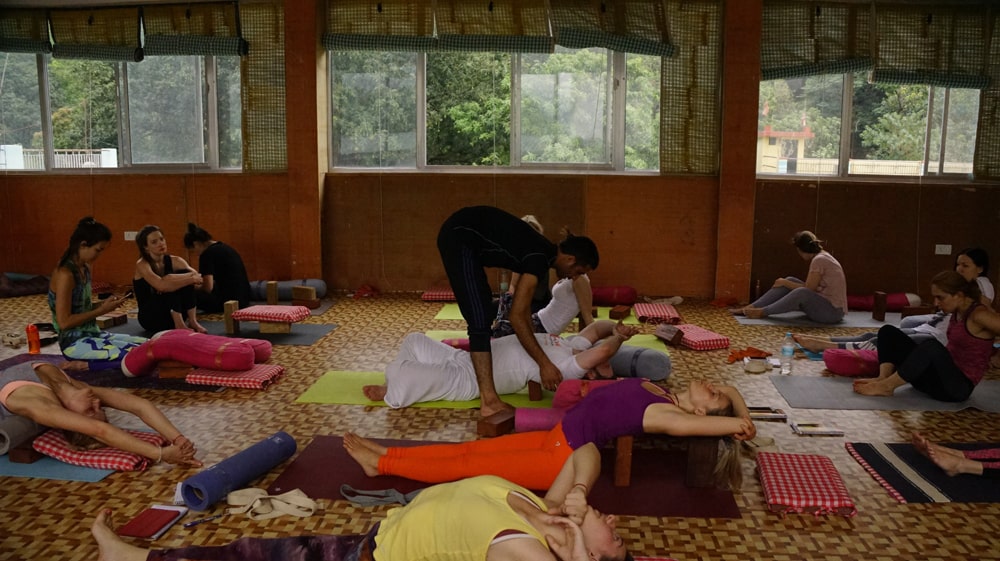8 best asanas in yoga for migraine relief
Migraines can be incredibly debilitating, causing intense headaches, nausea, and sensory sensitivity. While medication is often a go-to solution, many people seek alternative methods to alleviate their migraine symptoms. Yoga, with its holistic approach to health and wellness, offers a natural and effective way to manage migraines. In this article, we will explore the top eight yoga asanas (postures) that can help you find relief from migraine pain.
- Child’s Pose (Balasana): Begin your practice with Child’s Pose, a resting pose that promotes relaxation and reduces stress, common migraine triggers. This gentle stretch calms the mind and relieves tension in the neck and shoulders.
- Bridge Pose (Setu Bandhasana): Bridge Pose stimulates the thyroid gland, improving metabolism and reducing the frequency of hormonal migraines. It also strengthens the spine, helping to maintain good posture.
- Downward-Facing Dog (Adho Mukha Svanasana): This iconic yoga pose increases blood flow to the head, providing relief from headaches. It also stretches the spine and hamstrings, relieving tension in the neck and upper back.
- Cat-Cow Pose (Marjaryasana-Bitilasana): Cat-Cow Pose helps alleviate stress and tension by gently massaging the spine. This fluid movement can reduce the severity and frequency of migraines, especially those triggered by muscle tension.
- Headstand (Sirsasana): While advanced, Headstand can be beneficial for chronic migraine sufferers. This inversion posture increases blood circulation to the brain, improving overall brain health and reducing migraine frequency.
- Seated Forward Bend (Paschimottanasana): Seated Forward Bend stretches the spine and soothes the nervous system, providing relief from migraine pain. Regular practice can also improve sleep quality, reducing migraine triggers.
- Corpse Pose (Shavasana): The ultimate relaxation pose, Corpse Pose, can be a powerful tool for migraine management. It promotes deep relaxation, stress reduction, and mental clarity, which can help prevent migraine episodes.
- Alternate Nostril Breathing (Nadi Shodhana Pranayama): This breathing technique balances the left and right hemispheres of the brain, reducing stress and calming the mind. Regular practice can decrease the intensity and frequency of migraines.
Yoga for Migraine relief is about more than just medication. By integrating these yoga asanas into your routine, you can take significant steps towards reducing the frequency and intensity of migraine episodes. Regular practice not only alleviates the pain but also promotes a healthier and more balanced lifestyle.
Are you passionate about the healing potential of yoga? Consider taking your practice to the next level by enrolling in a Yoga Teacher Training program. Comprehensive training of Akshi Yogashala will equip you with the skills and knowledge to share the benefits of yoga with others, helping them find relief and balance in their lives.
Whether you’re seeking relief from migraines or looking to deepen your yoga practice, remember that yoga offers a path to holistic well-being that can benefit both your physical and mental health. Embrace the power of yoga and start your journey towards a healthier, happier life.

